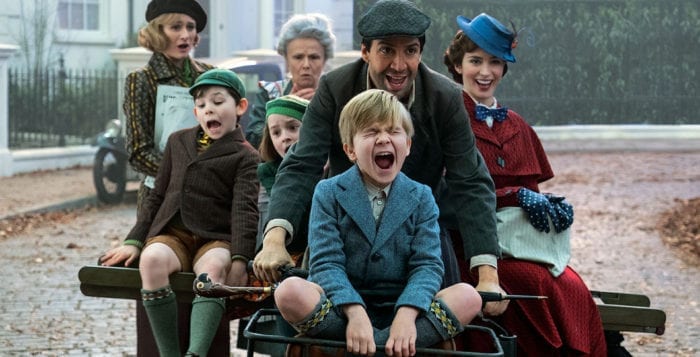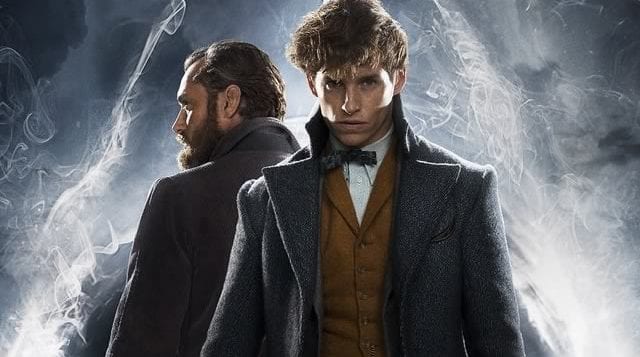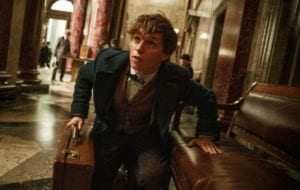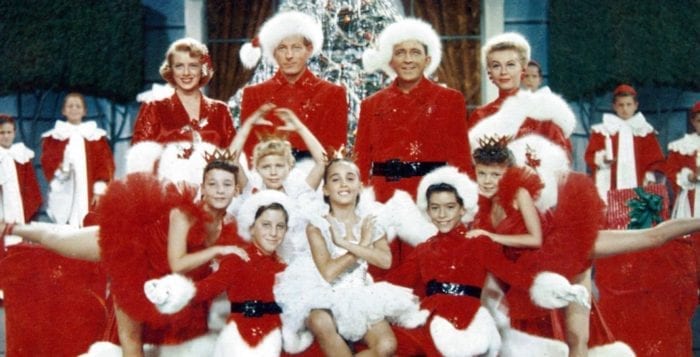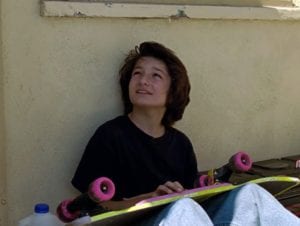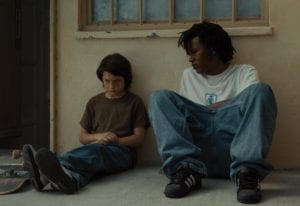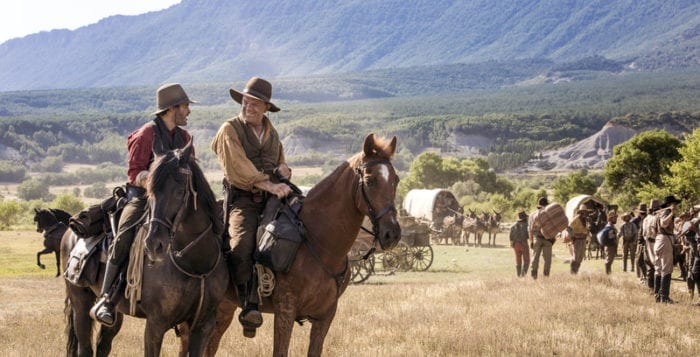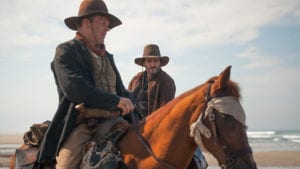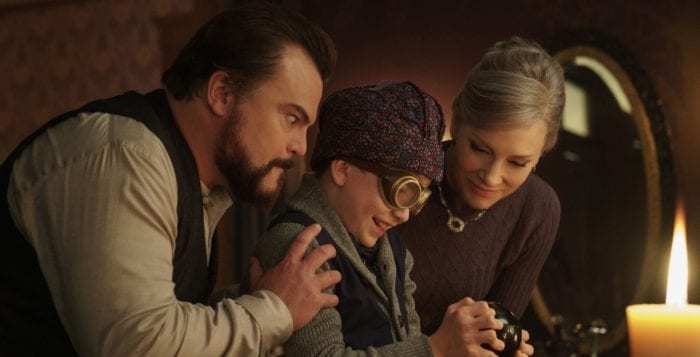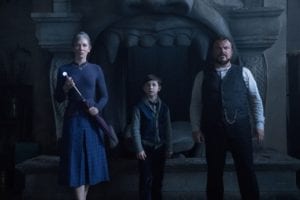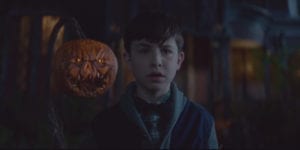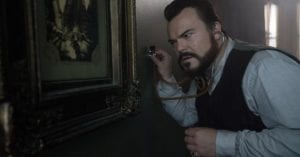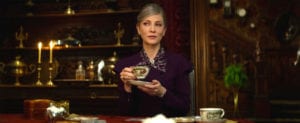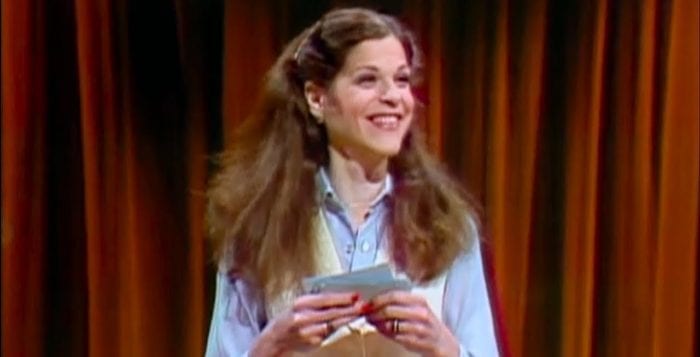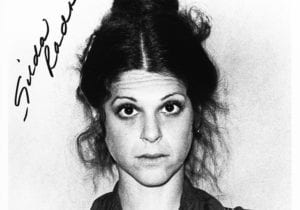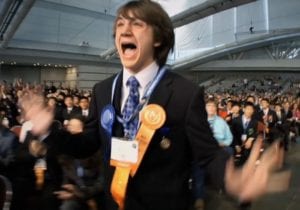By Donna Newman
“History is written by the victors” is a quote often attributed to Winston Churchill. Some allege that history is written by the survivors. In at least one unique case, however, history was written by people who were neither victors nor survivors. During the Holocaust of World War II, a historical record was assembled by a group of doomed Polish Jews with only one goal: to let the truth be known.
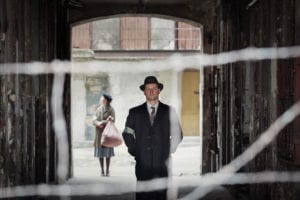
As designated by the United Nations in 2005, International Holocaust Remembrance Day has been observed each year since on Jan. 27 — the anniversary of the liberation of the Auschwitz-Birkenau Nazi death camp. On that date this year, the world can see the global premiere of a new documentary, “Who Will Write Our History,” detailing the trove of evidence regarding life, atrocities and death within the Warsaw Ghetto, as compiled and buried before the ghetto’s destruction by Jewish inmates who were imprisoned there.
As part of an international event, the film will screen simultaneously at UNESCO Headquarters in Paris, at the United States Holocaust Memorial Museum in Washington, D.C., and at the Museum of Tolerance in Los Angeles. These are just three of the more than 250 venues in 41 countries around the world taking part in this unprecedented event, with more joining daily.
Here in Suffolk County, the film may only be viewed at North Shore Jewish Center, 385 Old Town Road, Port Jefferson Station, at 3:30 p.m. The suggested donation is $10 per person. Call 631-928-3737 to RSVP.
“Who Will Write Our History” is a documentary film based on a book by the same name written by Trinity College Professor Samuel Kassow who was born in 1946 in a displaced persons camp in Stuttgart, Germany. The film was written, produced and directed by award-winning filmmaker Roberta Grossman; the executive producer is Nancy Spielberg.

Both book and documentary tell the story of the secret society — code named Oyneg Shabes, or joy of the Sabbath — composed of journalists, scholars and community leaders who were among the 450,000 Jews confined to the Warsaw Ghetto, the largest in Nazi-occupied Europe, beginning in November 1940.
The website for the documentary introduces the film: “‘Who Will Write Our History’ is a story of resistance. It is a story about who gets to tell the story. It is about a group of spiritual resistors who risked their lives so that the truth would survive, even if they did not.”
Leading this band of resistance fighters was historian Emanuel Ringelblum, who masterminded “one of the most astonishing research projects in human history” according to Culture.pl, a government-sponsored website funded by Poland’s Ministry of Culture and National Heritage.
The archive that Ringelblum’s team of about 50 to 60 individuals assembled contains approximately 6,000 documents, written in Yiddish and Polish. Artifacts also collected include newspapers, ration and tram tickets, letters, postcards, leaflets, German orders, theater posters and candy wrappers. Original literary pieces and works of art — drawings, watercolors and cartoons — were also deposited in the archive.
Shortly after the war, the first hidden cache to be unearthed was discovered on Sept. 18, 1946. A second trove was found in 1950. A third stash, which has yet to be located despite a 2003 excavation attempt, is thought to be buried on the grounds of the Chinese embassy in Warsaw.
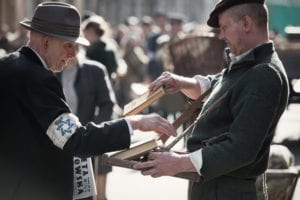
North Shore Jewish Center congregants Marsha Belford and her husband, Wlodek Guryn, learned about the documentary last spring at the 2018 Hillel and Jewish Theological Seminary-sponsored Jewish University for a Day held at Stony Brook University.
In a plenary session, not only did Grossman talk about and show a clip of the film, which was then in production, but Dr. Eleonora Bergman of the Ringelblum Archive also spoke.
“Bringing this documentary to our synagogue started with my husband’s friendship with Eleonora Bergman, who is also a Polish Jew and who grew up on the same street in Warsaw as he did,” said Belford in a recent interview. “Dr. Bergman served as director of the Jewish Historical Institute in Warsaw [2007-2011] and is still very much involved with the Ringelblum Archive.”
For her extensive work, Bergman received the French Légion d’Honneur in 2012. She and Prof. Tadeusz Epsztein shared the 2017 Jan Karski and Pola Nireneka Prize, awarded by the YIVO Institute for Jewish Research for their work coordinating the publication of the Ringelblum Archive.
Belford patiently awaited the film’s release because she appreciates Holocaust testimonies for very personal reasons. “My husband’s parents escaped Pinsk and survived the war as Jewish refugees in the Soviet Union,” she said. “Originally from Hungary, my mother — whose entire family was murdered by the Nazis — was a survivor of the Auschwitz and Bergen-Belsen concentration camps.”
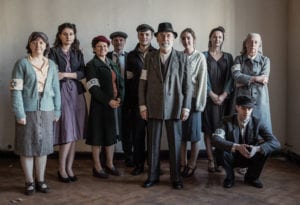
When Belford learned that the documentary would be shown at the U.N. as part of its International Holocaust Remembrance Week observances and also at the Holocaust Memorial & Tolerance Center of Nassau County in Glen Cove — but nowhere in Suffolk County — she contacted the organizer of NSJC’s annual Jewish film festival, Robin Appel.
Belford is grateful to Appel for her expertise and assistance in obtaining the film. “It was Robin who handled all the negotiations that made the NSJC screening possible,” she said.
North Shore Jewish Center Rabbi Aaron Bensen is delighted to offer the community a chance to see this important film.
“I am tremendously proud to be hosting this screening,” said Benson. “We’ve held an annual Jewish film festival for a decade now, thanks to a team that researches and selects excellent Jewish, Israeli and Holocaust-themed films. Bringing ‘Who Will Write Our History’ to the area is a major accomplishment for the group.”
“We’re also happy to be partnering with Temple Isaiah [in Stony Brook] as sponsors,” he added, “since it is a wonderful opportunity to engage a broader audience on this important topic.”
After the war, Rachel Auerbach — one of only three members of Oyneg Shabes to survive — noted the importance of informing the wider world: “We wrote, collected, guarded and hid while in the circumstances of our own destruction. We prepared the register of our own suffering and death, not for ourselves, but for other Jews. For the Jewish community of the wide world.”
Thanks to Auerbach and her courageous cohorts, that perspective will reach the eyes and ears of Suffolk County and beyond Jan. 27 via the film “Who Will Write Our History.”
All photos by Anna Wloch/Katahdin Productions

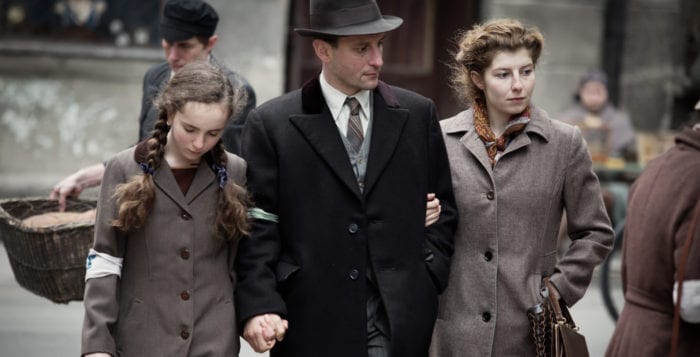
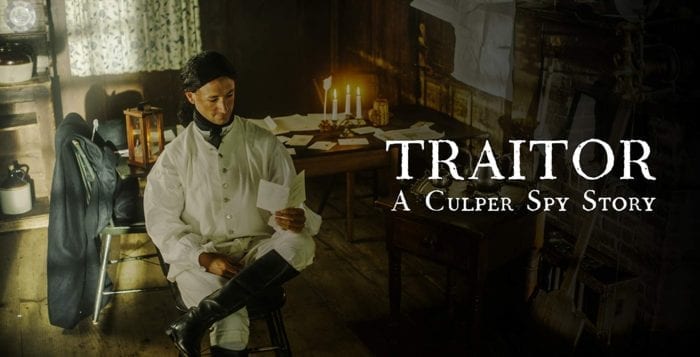

 Now the shoe is on the other foot.
Now the shoe is on the other foot.
